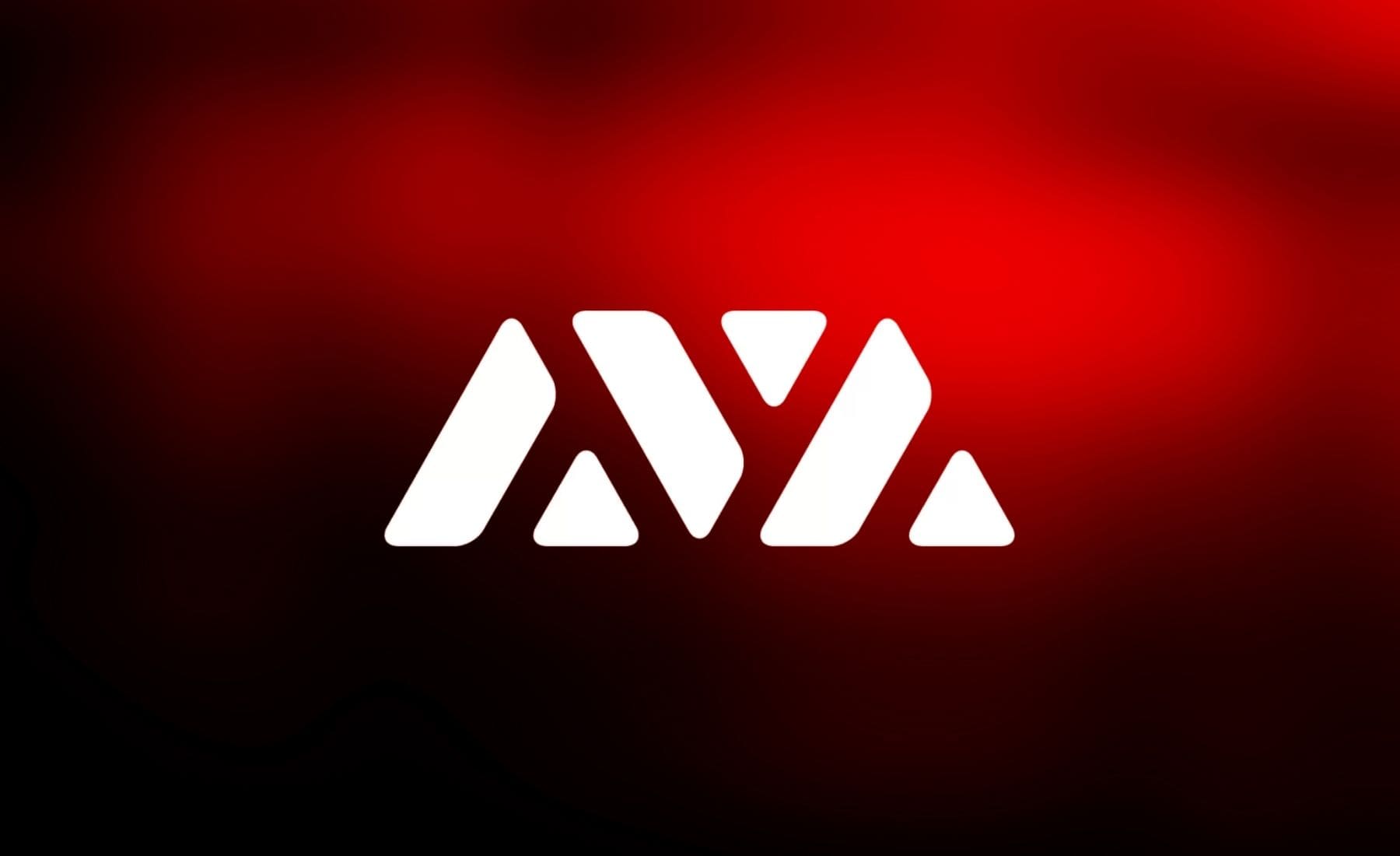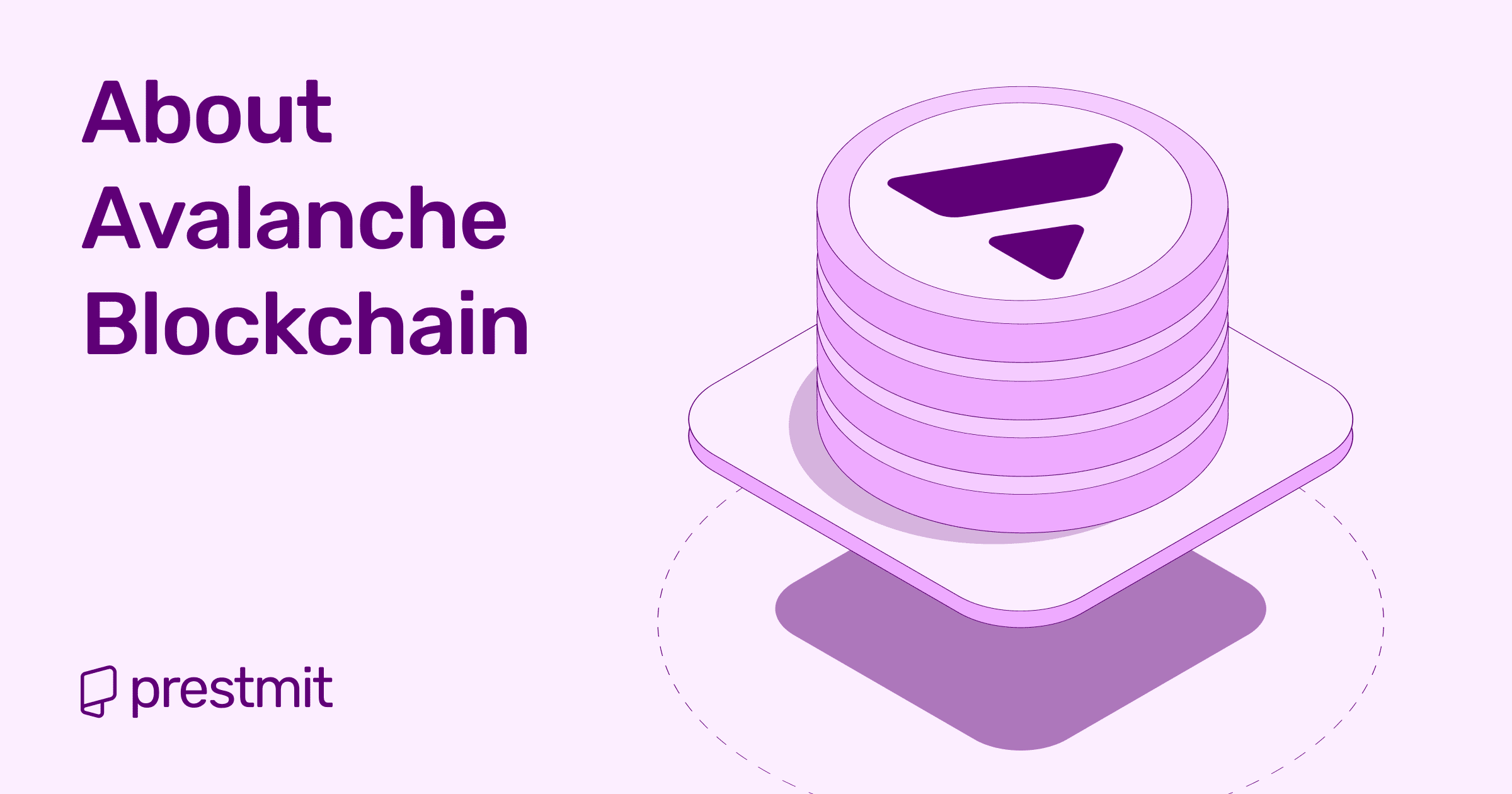Table of Contents
The race to create the fastest and most scalable blockchain has defined the decade of crypto innovation. While Bitcoin pioneered digital scarcity and Ethereum introduced smart contracts, neither could solve the biggest issues in the industry like transaction speed, high fees, and scalability at the global level.
Avalanche stands out as one of the few blockchain platforms that is designed to handle thousands of transactions per second while keeping the cost low and maintaining security. Launched by Awa Labs in 2020, the avalanche quickly gained traction as one of the fastest-growing blockchain platforms.
Its efficiency has attracted billions of dollars in total value across NFT Marketplaces, decentralized finance, and even enterprise solutions, making Avalanche a serious contender to platforms like Ethereum.
But to fully understand Avalanche potential, it is important to know how it works, make it unique, and the risk that comes with it. Make it unique That is exactly what this article will explore to give you a clear view of blockchain behind Avalanche.
What is Avalanche?

Avalanche (AVAX) is a high-performance blockchain platform designed to support decentralized applications, custom blockchains, and digital assets. Unlike many networks that struggle with speed, decentralization, and security, Avalanche was built to solve the blockchain trilemma, delivering all three without compromise.
Avalanche is often positioned alongside Ethereum, Solana, and Polkadot as one of the leading smart contract platforms but Avalanche distinguishes itself by offering a balance of scalability, security, and flexibility with its mechanism enabling thousands of transactions per second and near instant finality.
The vision behind Avalanche is straightforward yet ambitious, to create a blockchain ecosystem that can handle global-scale financial systems while remaining affordable and energy efficient. This makes it suitable for everything from DeFi and NFTs to enterprise-grade use cases that demand both speed and trust.
How Does Avalanche Work?
Avalanche operates on its unique Avalanche protocol that is designed to process transactions fast. Instead of relying on a small group of miners or verifications, this protocol repeatedly uses random samples where the nodes continuously check with each other until an agreement is reached. This method allows the network to handle over 4,500 transactions per second, one of the fastest blockchains in operation today.
Avalanche also introduces a subnet, an adaptable blockchain that works within the ecosystem. Each subnet can be tailored to a specific use case such as DeFi platforms, NFT marketplace, or enterprise application.
AVAX tokens are central to how the network works. It is used to pay transaction fees, secure the network via stacking, and also to participate in governance decisions. It gives the tokens utility beyond just speculation, tying their value to real network activity.
Compared to Bitcoin, Avalanche is much more energy efficient as it does not require intensive mining. And unlike the traditional Proof-of -Stake (PoS) model, Avalanche gains faster finality and more scalability which is something most PoS networks still struggle to achieve.
Key Features of Avalanche
Avalanche’s growth in the blockchain space is driven by several features that make it stand out from older networks, some of which are:
1. High Throughput and Low Fees
Avalanche can process more than 4,500 transactions per second with finality in two seconds. This speed combined with minimal transaction fees makes it a practical option for both developers and everyday users.
2. Ethereum Compatibility
Avanlanche is fully compatible with the Ethereum Virtual Machine, meaning that developers can easily transfer Ethereum-based dApps to Avalanche. This interoperability allows users to get access to familiar tools while benefiting from the fast and cheap transactions of Avalanche.
3. Decentralization and Security
The network is secured by thousands of Validators ensuring that power is not concentrated in small groups. Avalanche’s consensus mechanism also makes it resistant to attacks, strengthening the trust users and developers place in the platform.
4. Scalable Subnet Architecture
The Avalanche subnets introduce a custom blockchain that can be used for specific use cases. This architecture allows the ecosystem to scale without overloading the main network. This makes it suitable for DeFi, NFT, gaming, and enterprise applications.
5. Environmentally friendly Blockchain
Unlike energy-intensive proof-of-work blockchain, the Avalanche protocol is lightweight, durable, and sustainable. It consumes quite low energy which aligns with the increasing demand for environmentally friendly blockchain solutions.
Applications of Avalanche
Avalanche’s flexible design and high performance have made it a hub for diverse blockchain applications from finance to gaming and enterprise use.
1. Decentralized Finance (DeFi)
DeFi is one of the strongest areas of growth on Avalanche. The network hosts lending protocols, decentralized exchanges and yield farming platforms that benefit from its speed and low transaction costs. Popular projects like Trader Joe, Pangolin, and Benqi have established Avalanche as a serious competitor to Ethereum in the DeFi space.
2. NFTs and Gaming
Avalanche also powers a growing ecosystem of NFT marketplaces and blockchain-based games. Creators and players are drawn to its low fees and fast finality which make minting, trading, and in-game transactions smooth and affordable. Platforms like Kalao and gaming projects such as Crabada highlight Avalanche’s role in the NFT and play-to-earn space.
3. Enterprise Solutions
Beyond public dApps, Avalanche supports enterprise blockchain solutions through its adaptable subnet. Companies may manufacture private, permitted blockchains for supply chain management, identity verification, or financial infrastructure while maintaining intermediates with the main Avalanche network.
4. Cross-Chain Interoperability
Avalanche is designed to connect with other blockchains to enable smooth cross-chain asset transfer and integration. Its compatibility makes it easy for Ethereum projects to expand onto Avalanche while interoperability protocols ensure liquidity flow across ecosystems. This cross-chain functionality strengthens the role of Avalanche as part of a multi-chain crypto economy rather than a silent platform.
Risks and Challenges of Avalanche
While Avalanche offers impressive technology and strong adoption, it faces many risks and challenges that can directly affect its growth and long-term sustainability.
1. Competition from Other Layer-1 Blockchains
Avalanche is not alone in trying to solve the blockchain scalability and adoption issues. It competes directly with Ethereum, Solana, Cardano, Polkadot, and other layer 1 platforms. Ethereum remains prominent, and Solana provides high-speed transactions with strong appeal in gaming and NFT. For Avalanche, maintaining relevance means innovating and attracting projects ahead of these competitors.
2. Technical Challenges and Potential Vulnerabilities
Despite its reputation for speed and scalability, Avalanche is still relatively young compared to the old blockchain. New technology can face unexpected technical risks, including excessive performance stress, bugs in smart contracts. For example, if an important vulnerability is exploited, it can damage trust and adoption.
3. Market Volatility of AVAX Token
Like most cryptocurrencies, AVAX is highly volatile. Its price swings directly impact network economics, validators incentivized by AVAX rewards and transaction fees are paid in AVAX. During sharp price drops, incentives for validators may weaken and users could see fluctuating costs of interacting with the network. THis volatility makes it difficult for enterprises and institutional users to rely on Avalanche for stable long-term operations unless effective hedging strategies are in place.
4. Adoption Risk
Avalanche’s success depends heavily on its ability to attract and retain developers, users, and capital. While it has gained traction in DeFi and NFTs, growth beyond those niches remains uncertain. If developers perceive better opportunities on competing platforms or if user growth slows, Avalanche risks losing momentum. The health of the Avalanche ecosystem relies not just on initial adoption but also on sustained support, continuous project launches, and developer engagement.
5. Regulatory Uncertainty in Crypto Markets
Regulation remains one of the biggest unknowns for Avalanche and the crypto industry at large. Governments worldwide are tightening oversight on digital assets from DeFi protocols to token issuances. In the U.S and Europe, stricter frameworks could directly affect AVAX and applications built on the platform. For Avalanche, regulatory crackdowns could reduce liquidity, limit adoption, or impose compliance burdens on developers.
Frequently Asked Questions (FAQs) About Avalanche (AVAX)
Is Avalanche different from Ethereum?
Yes. While Ethereum is the most established smart contract platform, Avalanche offers faster transaction speed and lower fees due to its unique mechanism. Avalanche also lets developers create custom blockchains whereas Ethereum primarily runs on a single chain.
Is Avalanche eco-friendly?
Yes. Avalanche uses a proof of stake (PoS) consensus which consumes far less energy than proof of work blockchains like Bitcoin. This makes Avalanche one of the more sustainable and eco-friendly blockchain platforms.
Can I stake AVAX and earn rewards?
Yes. AVAX holders can stake their tokens to help secure the network and in return earn rewards. The rewards vary depending on the amount staked, the length of the staking period, and validator performance.
Is AVAX a good investment
AVAX is considered a promising cryptocurrency because of Avalanche’s growing ecosystem and technology. However, like all crypto, it carries risk due to market volatility, competition, and regulatory uncertainty.
Where can I buy Avalanche (AVAX)
You can buy AVAX on major cryptocurrency exchanges such as Binance, Coinbase, Kraken, and Kucoin. It is usually available in trading pairs with USDT, BTC, or fiat currencies like USD.
Conclusion
Avalanche (AVAX) has positioned itself as one of the leading blockchain platforms by combining speed, scalability, and environmentally friendly technology. With its unique consensus mechanisms, subnet architecture, and low-cost transactions, Avalanche provides a strong foundation for DeFi projects, NFT marketplaces, gaming platforms, and even enterprise-level adoption.
For developers, Avalanche provides flexibility and innovation. For investors, it presents both opportunities and risks that require thoughtful research. Staying updated on Avalanche ecosystems, partnerships, and technological upgrades can help you make smart decisions, whether you are building on the platform or considering AVAX as part of your crypto portfolio.
Last updated on September 23, 2025

